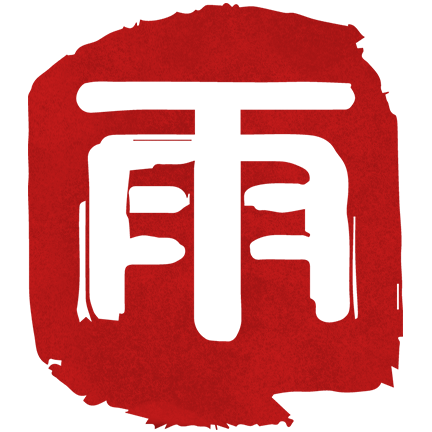
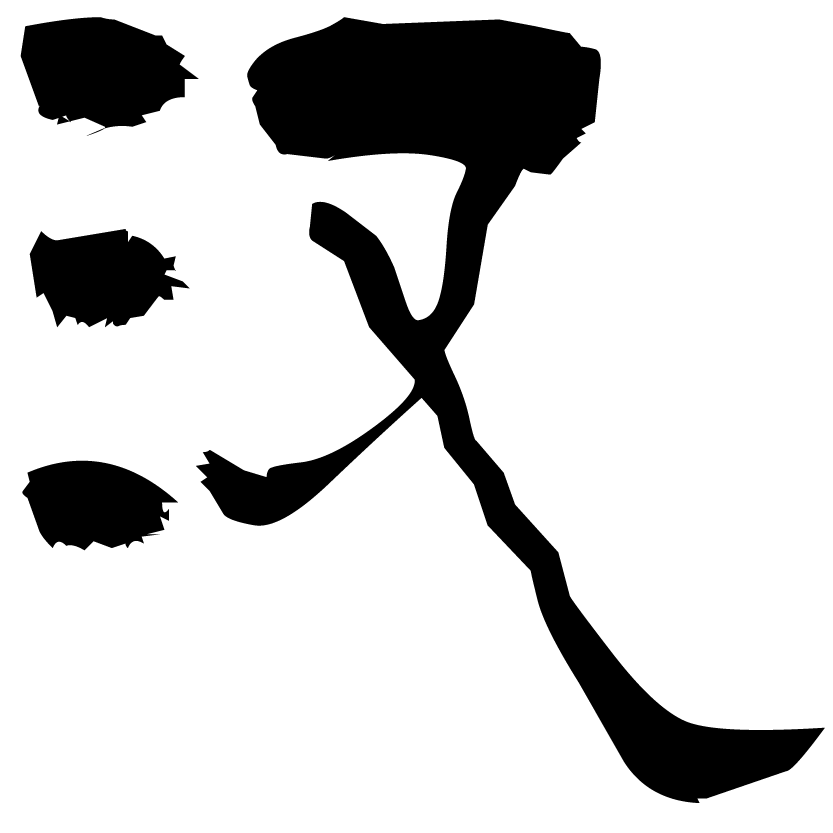
Han Dynasty
221BC-220AD
Pao was highly valued in the Qin (221 BC-207 BC) and the Han (206 BC-220) dynasties. It was stipulated that the third-rank officials and above wore green silk pao and shenyi, and the common people wore white linen pao during the Qin Dynasty (221 BC-207 BC).
Hanfu evolved from Mianfu and emerged in the Han Dynasty (206 BC-220), and is generally composed of three layers: Xiaoyi (an undergarment much like a Western-style T-shirt and pants), Zhongyi (the main layer mostly closed at the front) and Dayi (much like an overcoat opened at the front) from inside to outside.
Hanfu features a loose yi with wide sleeves and an open-crotch shang with jade decorations hanging from the sash, which, to a large extent, is considered a symbol of the authentic Chinese culture, reflecting the Confucian scholars' aspiration to the institutionalization of rituals and music, as well as the idealist characteristics of the Confucian ideas.


Tang Dynasty
618AD-970AD
Tang (581-618) dynasty was a golden age for the development of clothes (both in design and style) due to political stability and economic prosperity, which saw the unprecedented interaction between the Han culture and the culture alien to Chinese borders.
Females' clothes became more relaxed and revealing in the Tang Dynasty (581-618) than its counterparts of the previous dynasties owing to women being less restricted by the Confucian ethical codes, and it had a great variety of patterns, featuring a pao with narrow sleeves and a body-hugging one-piece dress.
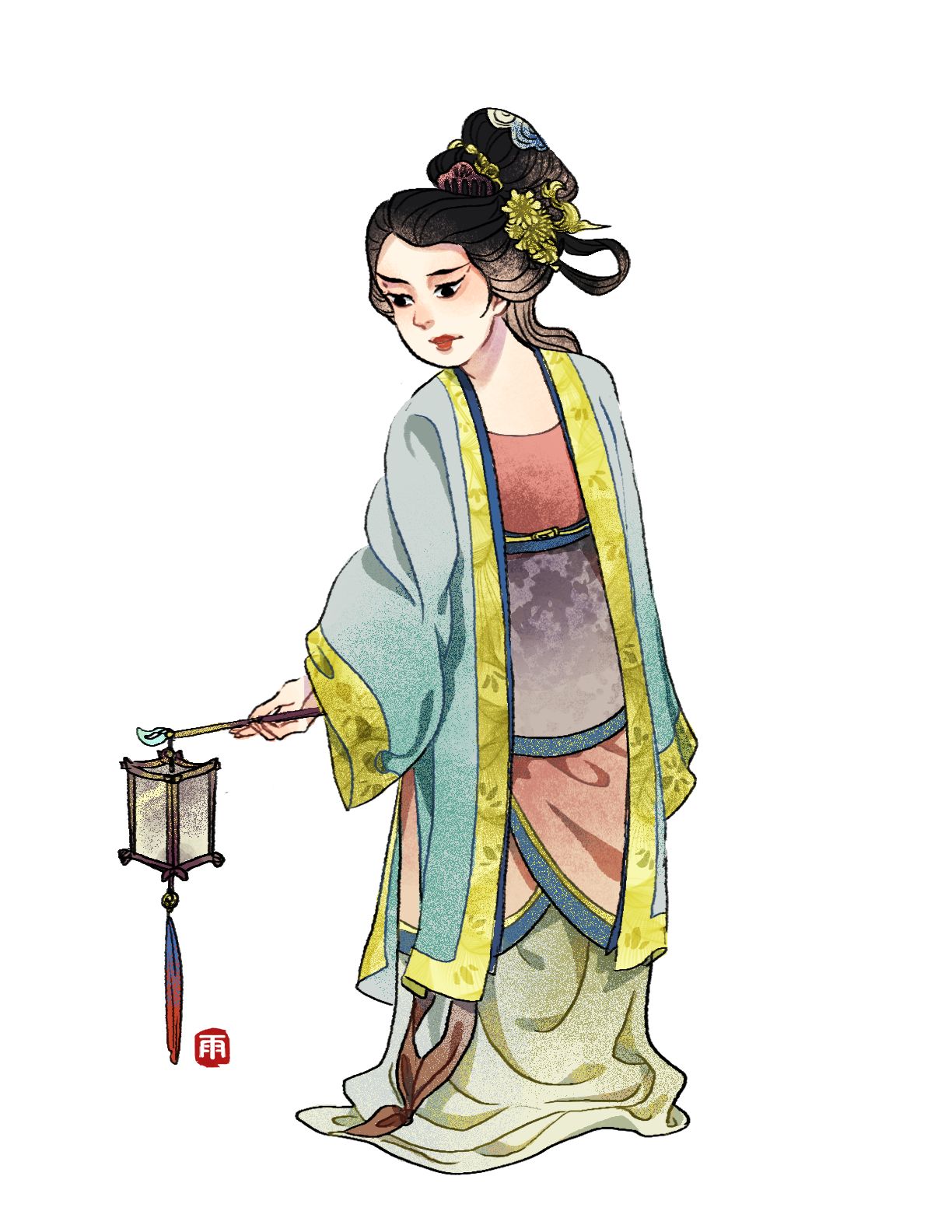

Song Dynasty
920AD-1279AD
The clothes of the Song Dynasty (960-1279) continued the style of the Tang Dynasty (618-907) on the whole, with a slight difference in patterns and the name of clothes; they were prone to be more conservative in color under the influence of Neo-Confucianism, and the pao was replaced with a beizi (similar to a modern cape) in the Song Dynasty (960-1279).
The emperors and officials usually wore red garments, black guan (hats for formal headdress) and shoes in the imperial court, and the garments were often decorated with various patterns, such as dragons (only for emperors), lilies and peonies. Females' clothes featured a tight garment with narrow cuffs and a long dress in the Song Dynasty (960-1279).
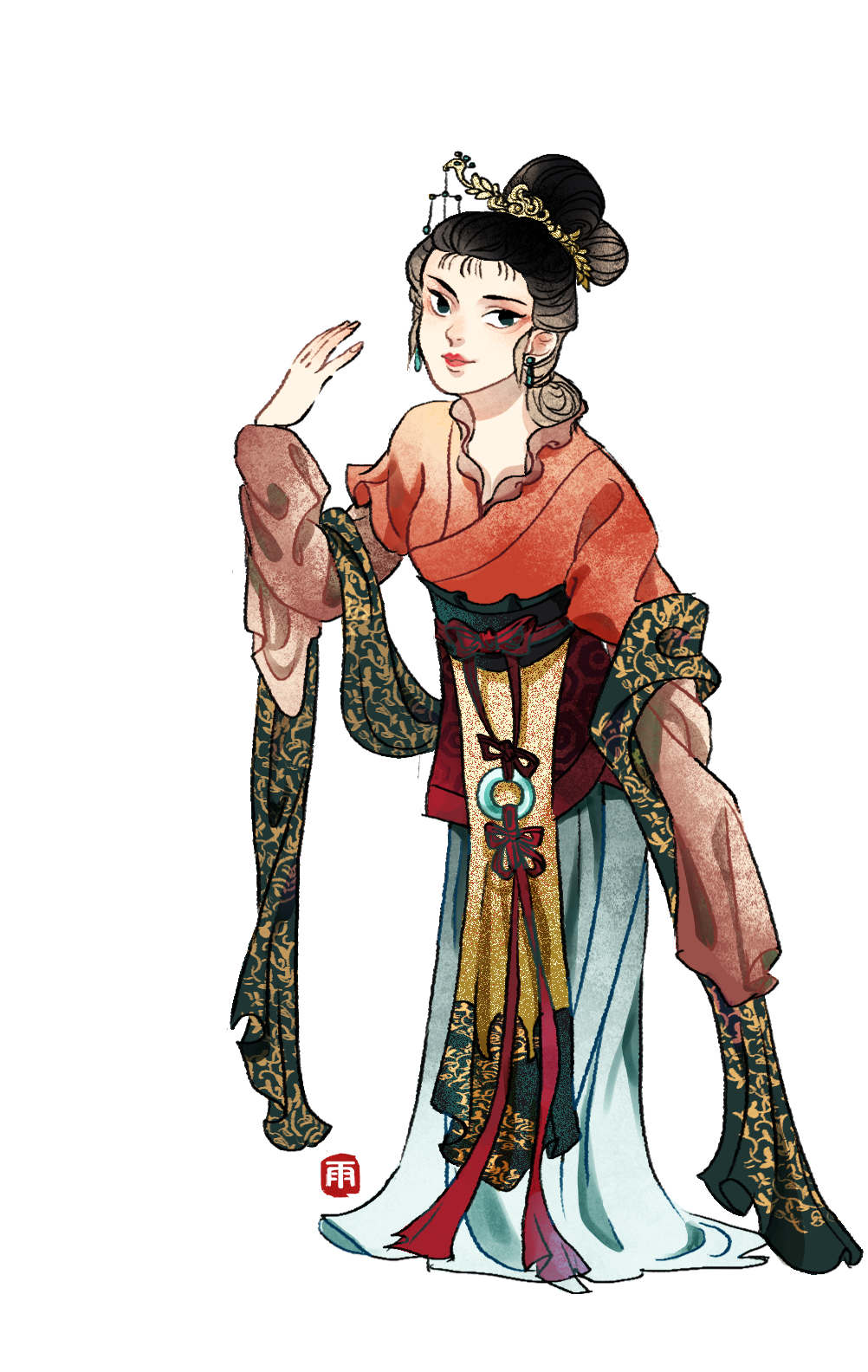
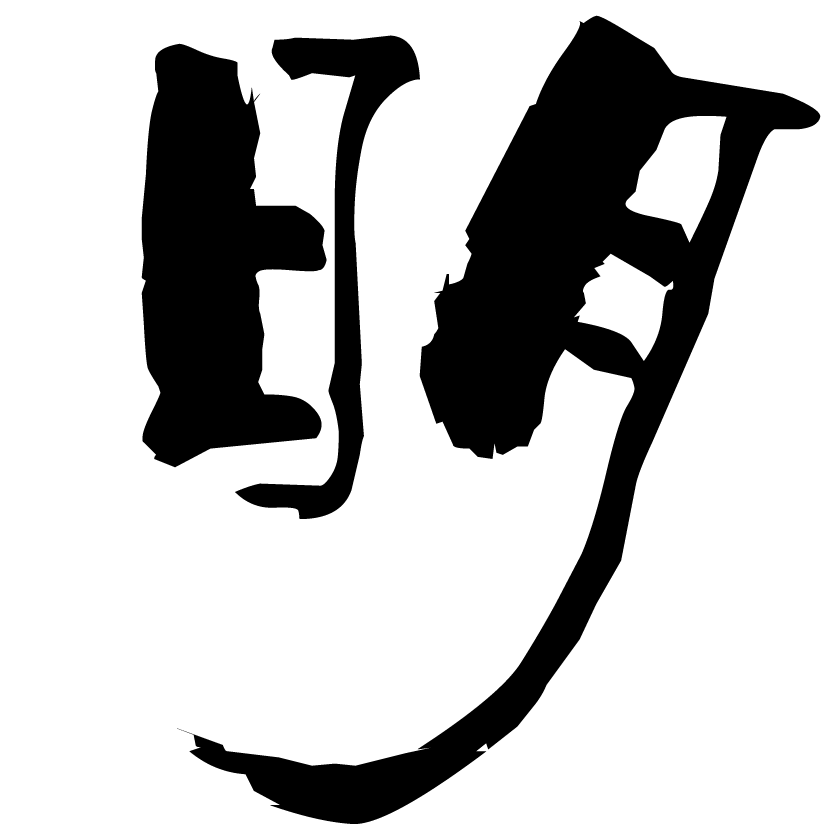
Ming Dynasty
1368AD-1644AD
Clothing in the Ming Dynasty brought a new perspective to traditional clothing. Each dynasty in China brought with it essential characteristics to Chinese culture. A lot of clothing influences developed throughout the era, and Ming Dynasty clothing are usually described by historians as magnificent and graceful at the same time.
Most women wore three collars with narrow sleeves during this dynasty. This is what made up their upper clothing most of the time. Pleated skirts were also popularized in this period and made clothing more graceful for women. Light colors became very popular during the start of the Ming Dynasty. Embroidered capes also became part of the ensemble for women’s clothing. It was worn over the shoulders which were called “Rosy Cloud Cape” due to its rosy and cloud-like shape.

